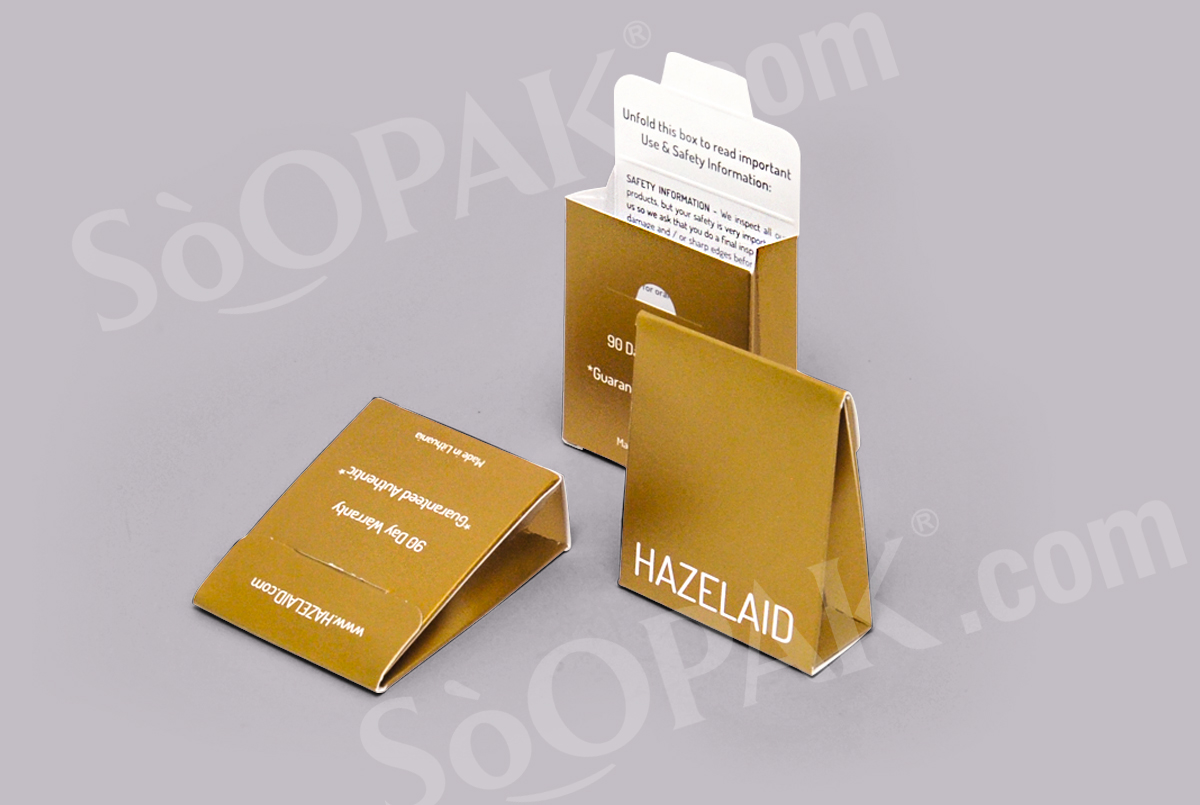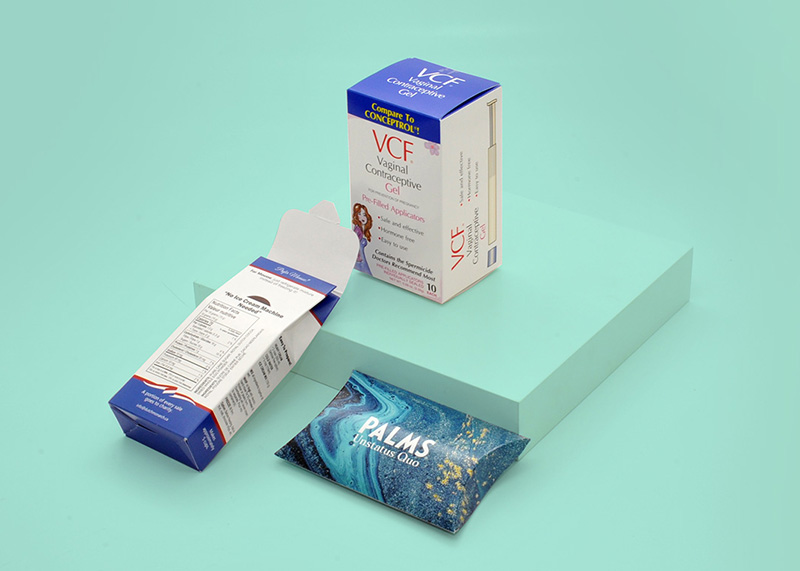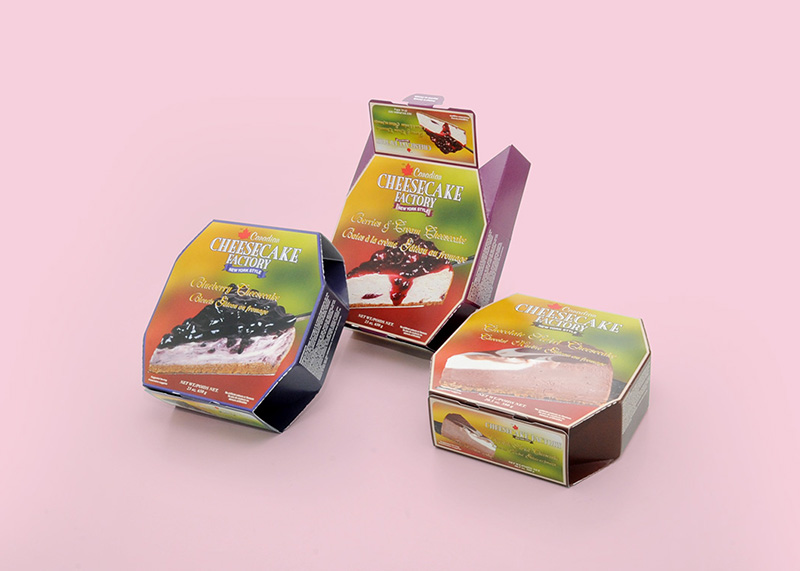Crafting the perfect design for your food packaging is crucial to sales. You want something that will appeal to potential customers, encouraging them to choose your product over the competition. You also need something practical, convenient, food-safe, and cost-effective for your company to produce. When designing your food packaging, keep the following tips in mind.
Meet Legal Requirements for the Food Label
The first thing to keep in mind when designing your food packaging is the legal requirements. Confirm that you include everything that you need to on the packaging. This includes the name of the food, the ingredients, the net quantity of the contents, the signature line, allergen declarations, safe handling instructions (like the expiration date and refrigeration requirements), and the nutritional information.
Do not leave any of this information out and ensure you confirm that the legal requirements have not changed since your last production run. If you plan on selling your food product in multiple countries, ensure you comply with each of their requirements. You can do this on a single packaging design with multiple sets of information or opt for several smaller packaging runs with slight variations for each market.
Follow Your Brand Identity
As with any other packaging design, ensure that your food packaging follows your brand’s identity. Your packaging will likely be the first or one of the first ways that potential customers come in contact with your brand. As such, you want to ensure that the packaging gives an accurate impression of your company and your brand.
Think About Customers
Spend a lot of time thinking about your potential and current customers before you do anything in terms of designing your food packaging. You need to understand what they want from your product and packaging so you can include that in your design and appeal to them. If your target audience is large families, you may want larger packages with greater quantities of food. If it is individuals, you may want smaller, individual portion packages.
You also need to think of the customers in terms of their other needs, such as convenience. Does the average customer take your food item on the go? If so, what will they need with them to eat it?
Appeal to Customers With Graphics, Colors, and Fonts
Use your insight into your customers’ minds to determine the ideal fonts, colors, and graphics to use. Those who want to appeal to the luxury segment, for example, may want something more minimalistic or with silver or gold on the packaging. If you want to appeal to kids, opt for brighter colors and fun fonts.
Food Safety and Overall Condition
Of course, you also want to make the condition of the food a priority with your packaging. If your food item is fragile, consider using a sturdier box that can protect it from harm on the way to the store and to a customer’s home. If it is sturdy, you can try more flexible packaging. You also want to ensure that the materials you use are food-safe, which should be one of the first things on your checklist.




